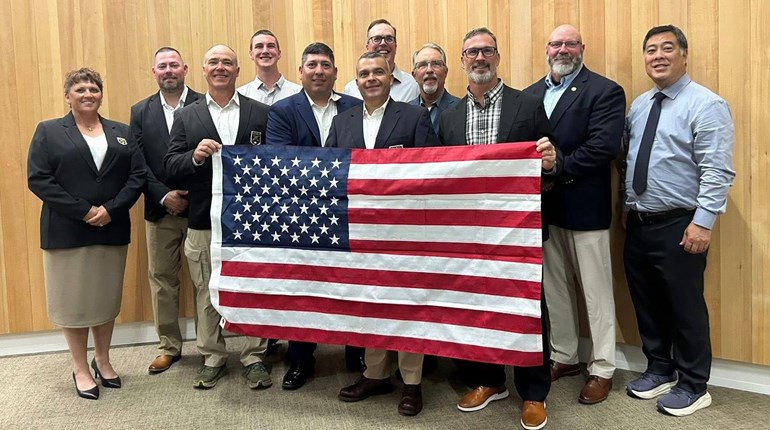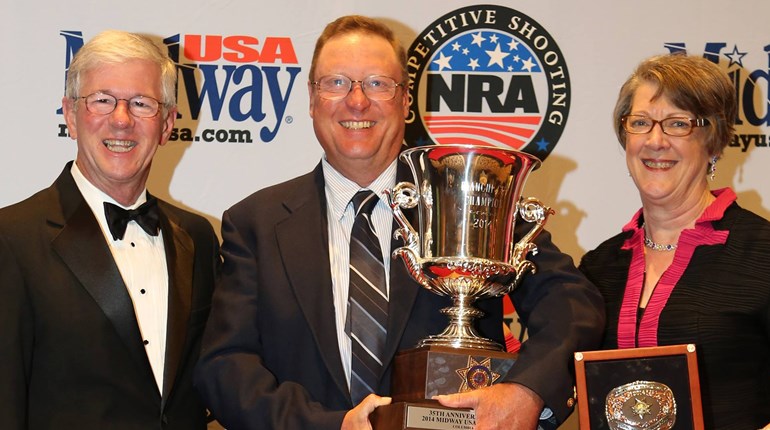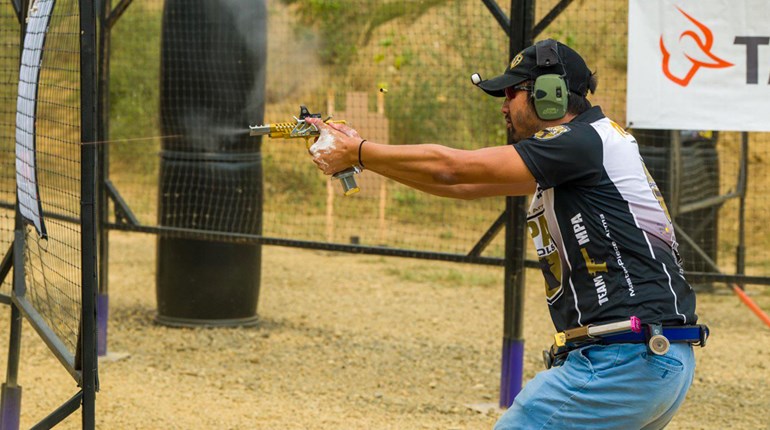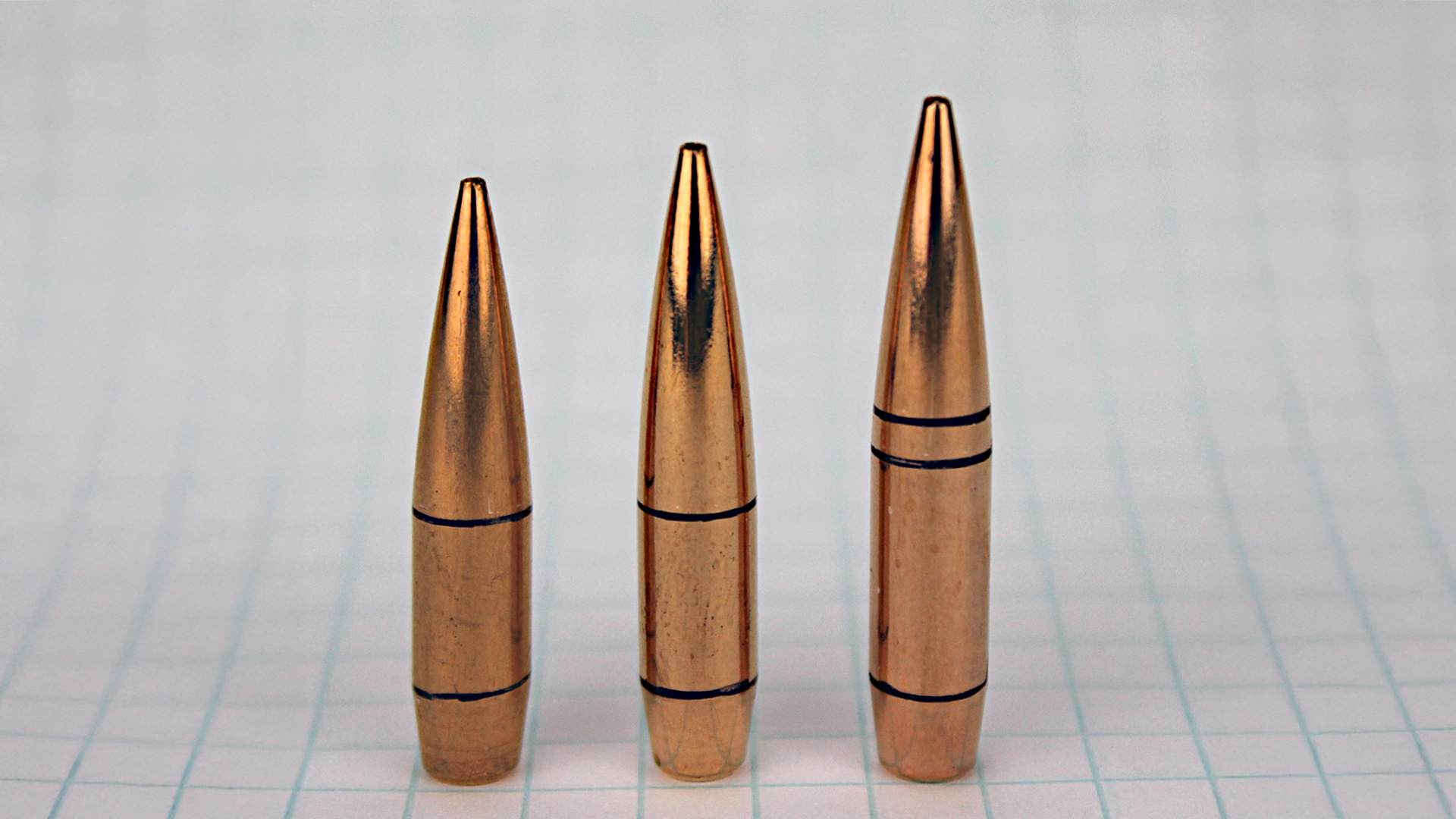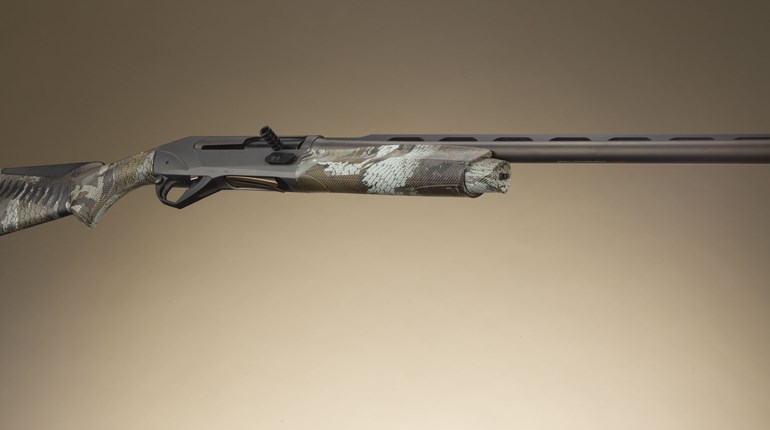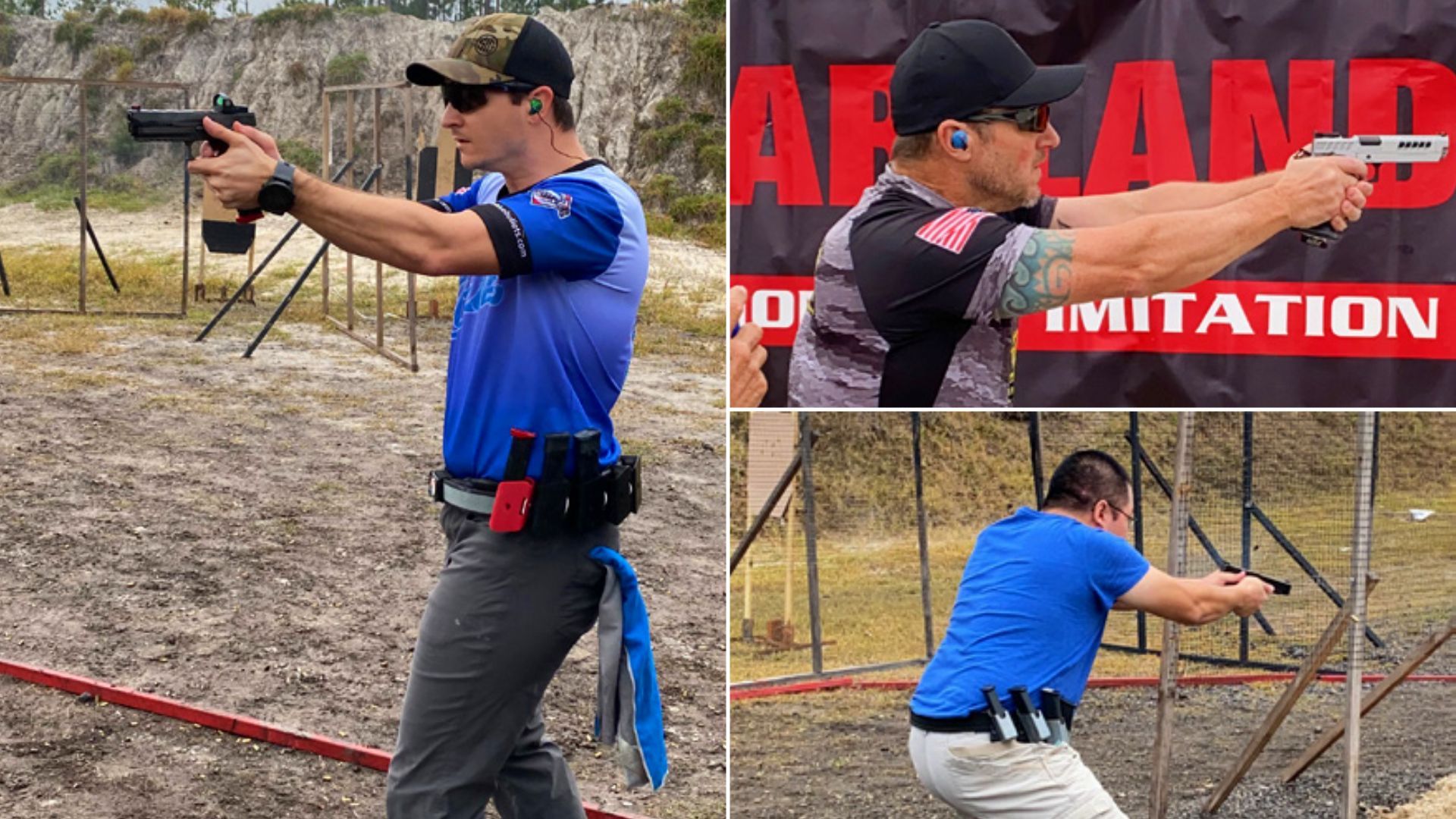
Similar to other matches that were scheduled for early last year, the 2020 USPSA Florida Section Championship was rescheduled for December. Hosted by Extreme GM, Match Director Gorka Ibanez and his team pulled together 10 fun stages (300 rounds) in a one-day format for the match at the Volusia County Gun and Hunt Club.
The match sold out earlier in 2020, but with the reschedule, slots opened back up, and I was able to get on a Saturday squad at the last minute. There were 181 competitors in total, with 41 shooters in Carry Optics, 36 in PCC, 35 in Limited, 18 in Production, plus one competitor in Revolver and three in Single Stack. Open division had the most competitors with 47 shooters. The match started on Friday with staff and competitors shooting the 10 stages, and the remaining competitors shot on Saturday. On Friday, shooters enjoyed nicer weather—the Saturday forecast called for 72 degrees and sunny, but after the third stage, rain clouds moved in, and we shot on and off in the rain for the remainder of the day.

The design for Stage 1 was reminiscent of the single-round per target stages Manny Bragg had at the Area 3 matches when he was Area Director. Stage 1 required 25 rounds on 23 cardboard targets and two steel USPSA poppers. The full-size poppers were on either end of the side-to-side stage, and each activated a swinger in the middle shooting array. Each array presented a different layout of targets, with the one on the left side having double-stack targets with no-shoots; next was wide open targets followed by the two swingers that then lead into tuxedo-style, hard-cover targets; you finished on an array with tight no-shoots, leaving only the upper scoring areas available. Targets were close enough to give just enough room to go too fast and pick up no-shoots or misses into hard cover. James Ramos ran this stage in 18.40 seconds, dropping 14 points for a stage win in Production, and Matt Gallant took the Carry Optics stage win with a 16.17-second time and a procedural.
Stage 2’s shooting area was laid out in a “J” shape, with 13 cardboard USPSA targets and two poppers, one of which activated a swinger. There was a mix of hard cover, no-shoots and two targets tucked back into a tight position behind vision barriers that could easily been overrun and missed. The start had you engaging the targets you could see in front of you, as well as the mini-popper that activated the swinger to the far right of the stage. Getting to that position to engage the swinger also opened up three additional cardboard targets. Before moving forward to the last position, you’d better have swung back to the left for one of the hidden back targets that was only available from the far right of the shooting area. Moving forward, you ended with several targets and a popper to the right. The PCC Division stage win went to Brian Harrington’s 15.72-second run.
There were 150 points up for grabs on the next 30 rounder, Stage 3. With a wide shooting area shaped like a large “T,” this stage had all paper targets that needed to be engaged. There was some discussion on how to go about taking one array, which required you to move forward into a tight opening to get two targets on the left side. Some competitors would either go into this shooting area and have to back up to finish on the far left, or hit the two targets on the far left and then move back and forward, ending in the front position. Working right to left would also require a reload for most divisions, and right-handers had to watch the muzzle and not break their wrist doing this. Charlie Perez opted for the Florida weather in December over his home state of Colorado, and took a stage win in Limited with a 19.58-second run and 139 points.
Stage 4 had two poppers, a swinger, some longer shots and lots of hard cover for its 32 rounds. Laid out in a narrow, zig-zag shooting area, competitors would move forward, and then stop to engage targets as they progressed. The center of the shooting area included targets to the right and left, as well as a few tucked by a barrel vision barrier. As you made way to the end, there was a single target with a high no-shoot at 15 yards. By now, the rain had started for the Saturday shooters, and the bags were out to protect the targets, which is always a “fun” added challenge. However, it didn’t slow down John Arenas’s 16.66-second run for the Open stage win.

A well-used platform prop was out on the next 31-round stage, with a shooting area shaped like a large plus sign. There were five poppers mixed throughout the stage, including two mini-poppers at the far right and left of the start position. Deciding to either go to the far right or left of the large “+” depended on what felt comfortable to the shooters. No matter the direction, next would be deciding to get on the platform before going to the other side, or ending on it to take the required targets from there. I observed it several different ways, and it was more or less a wash in time, just what was more comfortable for the shooters. Patrick Free’s 18.63-second run in Carry Optics, shooting 137 points, secured the stage victory for him.
There were 32 rounds required on Stage 6, with 15 cardboard and two poppers, both activating swingers. The shooting area was laid out in a large circle with two low targets in the center that could be taken quickly as you went by them. Most shooters started on the left and worked their way around, choosing how they would engage the open array to the right. You still had to hit the far right of the circle to get three targets before moving forward to get the center array with a popper, swinger and a 15-yard paper target with a no-shoot on it. The swingers were moving quickly on this one, but Charlie Perez took another Limited Division win here.
The remaining stages were down along the backside of the large Volusia Gun Club’s layout. Stage 7 was in one of the bigger bays here. The shooting area was a large square, and competitors were going to be using all four corners, as well as a stop in the front center section to engage the three poppers, two of which activated the two swingers. Each corner of the large square opened up targets that were only available from there, and the front section required some long transitions to each side to pick up targets pushed back and only visible from the front fault line. These stages were a good test of a competitor’s ability to execute a plan. Simple enough, go to each corner, shoot what you see, then stop in the center and shoot what you see. However, what you see depends on where you stop—remembering to look at both sides. A 27.05-second run in Production from Luke Faust netted him the stage win.
Manny Bragg’s newly-designed stomp pad on Stage 8 activated two swingers on this 30-round stage, with a shooting area in the shape of a “7.” Bragg's stomp pad is unique, because you are not required to bend over to reset it. Operation is simple and it works. After shooting the swingers to the left, moving forward opened up arrays downrange and to the right; next, moving the length of the forward fault line to the far right of the “7” garnered three more targets at 15 yards. A run down to the left gave you two more, with a transition back to the right to finish up. David Lyell’s 14.65-second run in Open with 136 points was good enough for the stage win.

The next bay for Stage 9 was also wide and deep, with 32 rounds needed, as well as a good stage plan to make sure you hit the right spots on the large “M” shaped shooting area. There was hard cover mixed in, and a bank of six mini-poppers to deal with on this stage, not to mention the 15-yard shots as well. Leaving his PCC at home, Tom Castro ran this stage in 21.01 seconds, shooting 150 of the possible 160 points for the Carry Optics stage win.
Finishing the match was Stage 10, with a true zig-zag-patterned shooting area, and a fast swinger to the right that appeared between two barrels. The CRO challenged our squad to get two on it in one pass, saying no one had yet. We were the last squad for him, and after we were done, no one had been able to perform the feat. The targets were laid out requiring back and forth transitions from either side, and another tricky hard-cover target shot through a port protected by no-shoots. A 16.46-second run by Brian Harrington secured him the PCC division win for the stage and the match.
Even with the rainy weather, the match was fun, with a great mix of high round count stages that challenged shooters with a mix of distance, hard-cover targets and no-shoots. The range was great, there were no flooded-out bays despite the rain. Perhaps best of all, the RO staff did a great job of getting us through the 10 stages, completing the match ahead of schedule.
Article from the January/February 2021 issue of USPSA’s FrontSight magazine.
Read more: 2021 NRA Competitive Shooting Calendar Updates













